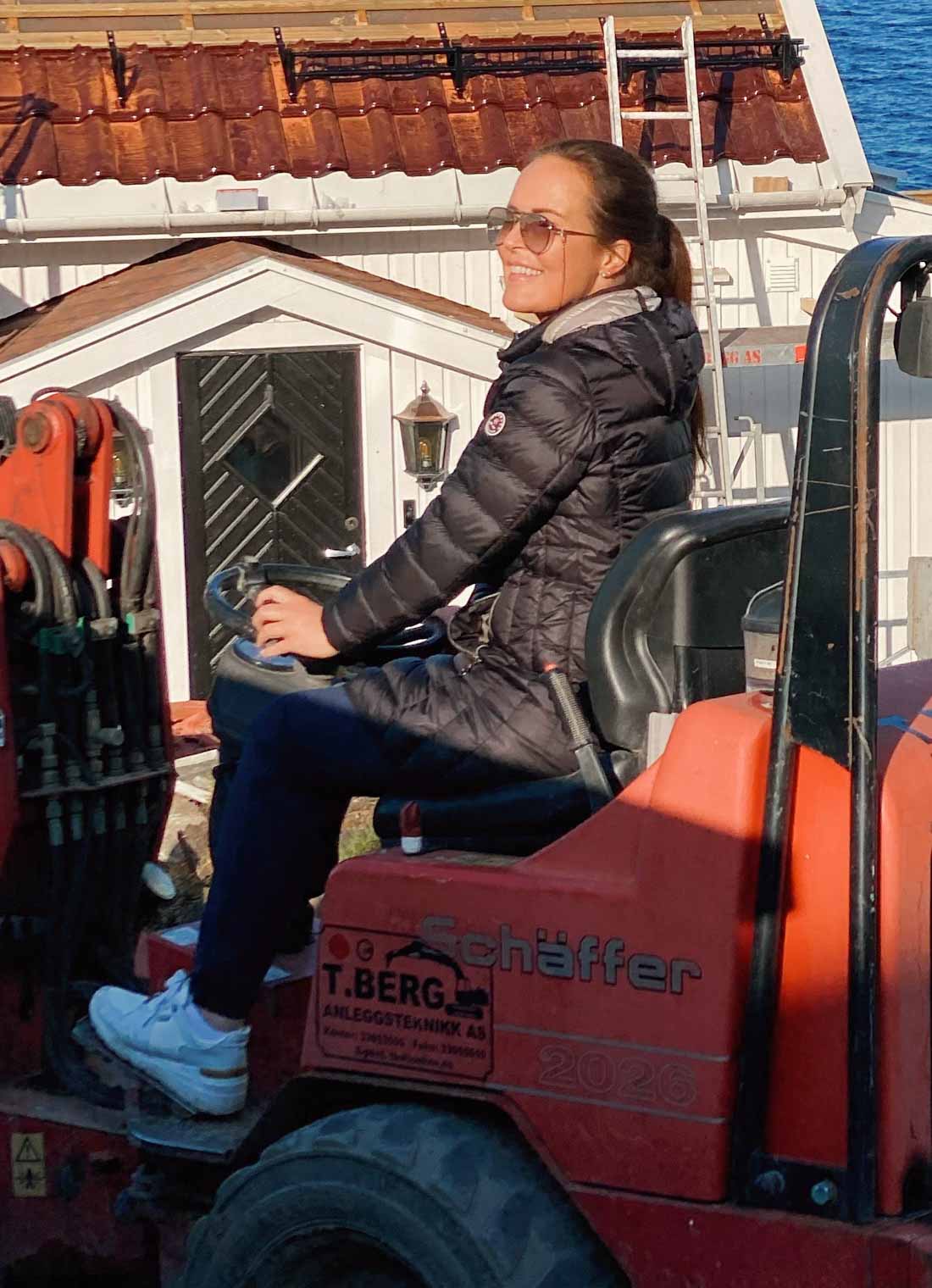Maintenance-free garden by the water’s edge for the next 200 years
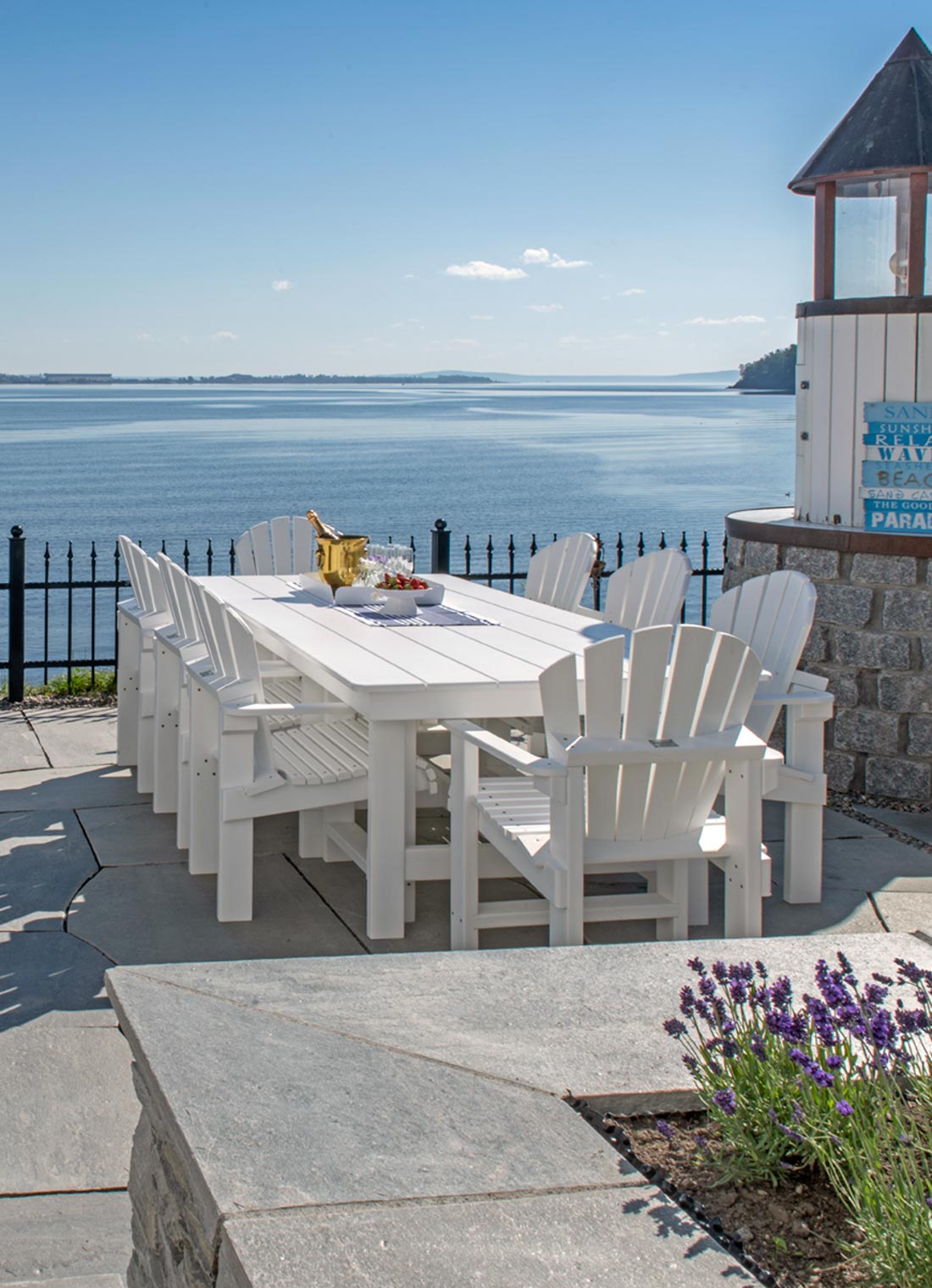
– The house is almost 200 years old. It was built in 1824, so there’s a lot of history in its walls. When we moved here and began the renovation work, we were keen to preserve this history and find solutions that would create another 200 years of history, she explains.
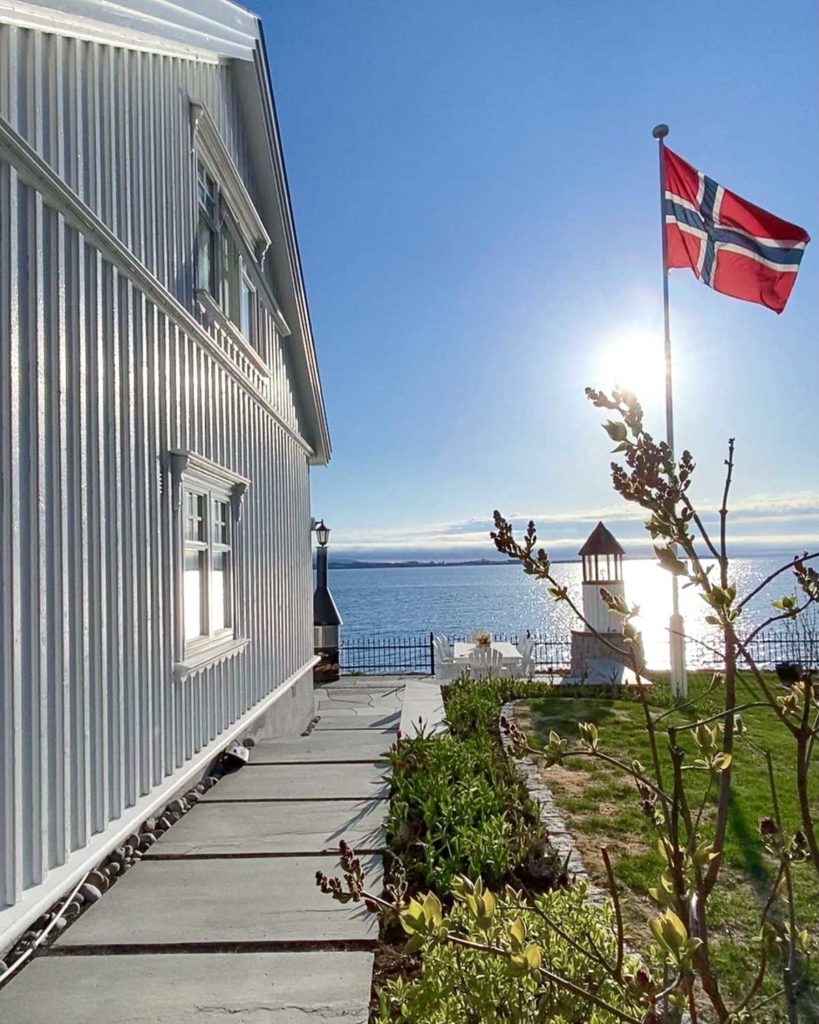
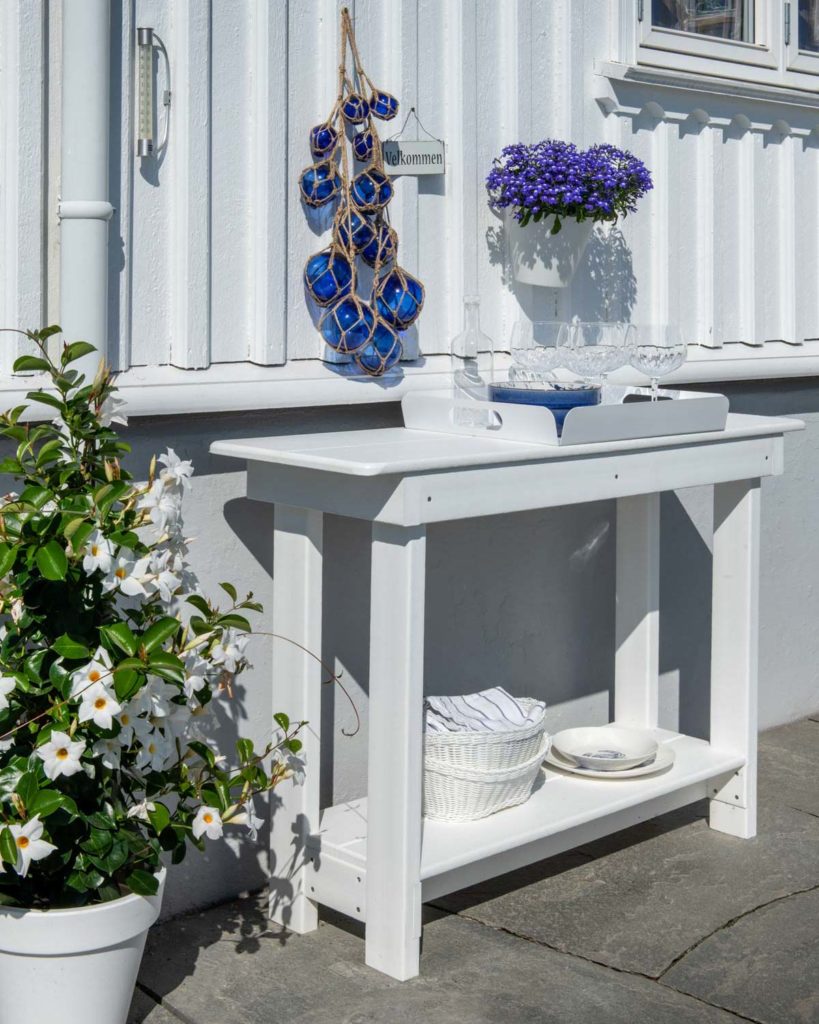
When Janne and her family took over the property down by the shore in Holmestrand in Norway in 2017, she knew very little about this type of renovation work.
– I just knew that I wanted something personal. A place the family could enjoy and want to use and which would be lasting and beautiful. Then it kind of stopped there, she says.
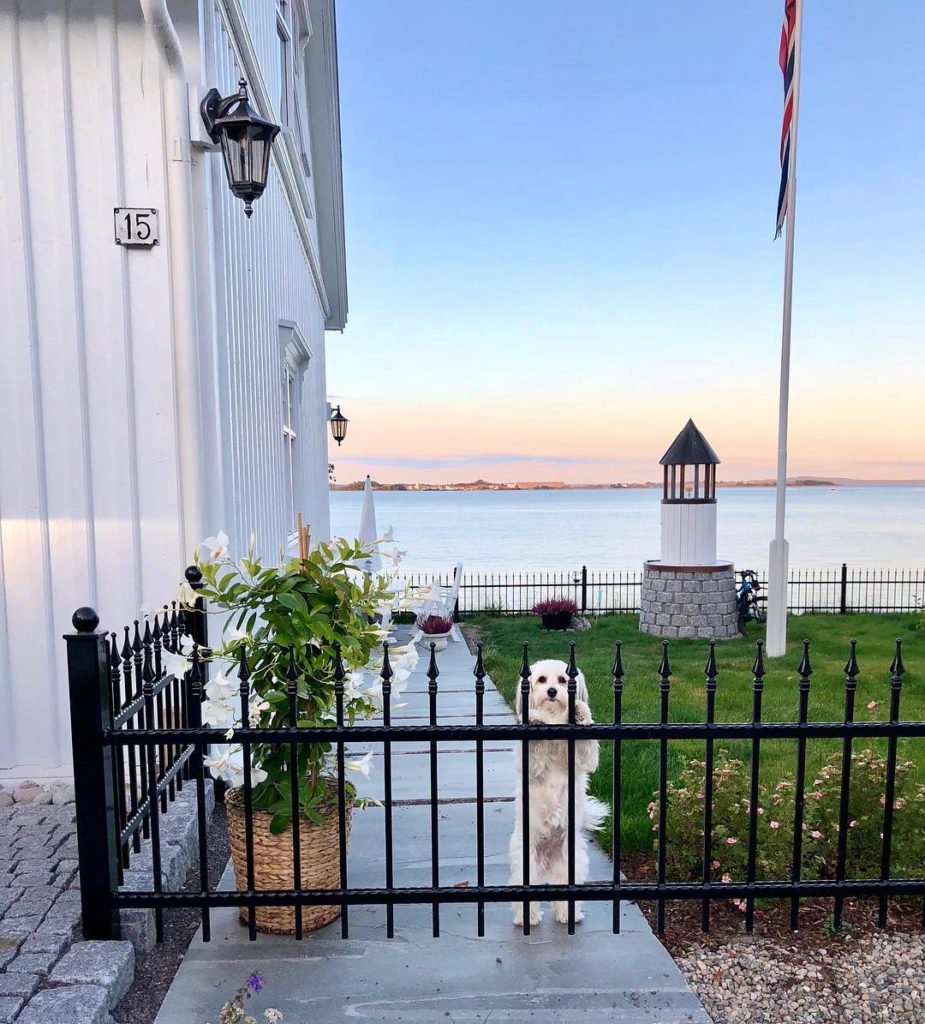
Luckily, Janne’s husband knew a bit more about what it would take.
– My husband is a construction developer and the first material he mentioned was light Oppdal slate. I read up on it and saw some photographs and immediately agreed. The slate has a fine, exclusive and natural character. The light grey colour with a blueish tinge also fits perfectly down here, close to the shore, she explains.
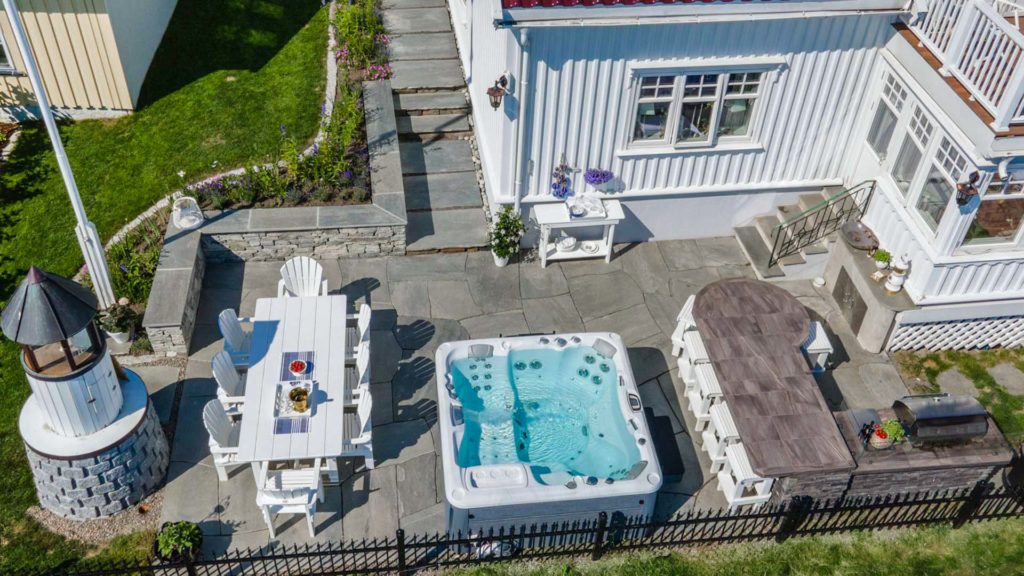
It’s not easy to choose materials when you’re building close to the sea. Salty air, sea spray, wind and weather are a combination for which some materials are quite simply not suited.
Some materials, that is, but not slate. See the Oppdal slate datasheet with technical data and test results here.
– For us, it was really important to use Nordic slate. There’s quite a harsh climate here, so it’s very good to know that this material can withstand the elements it will be exposed to, she says.
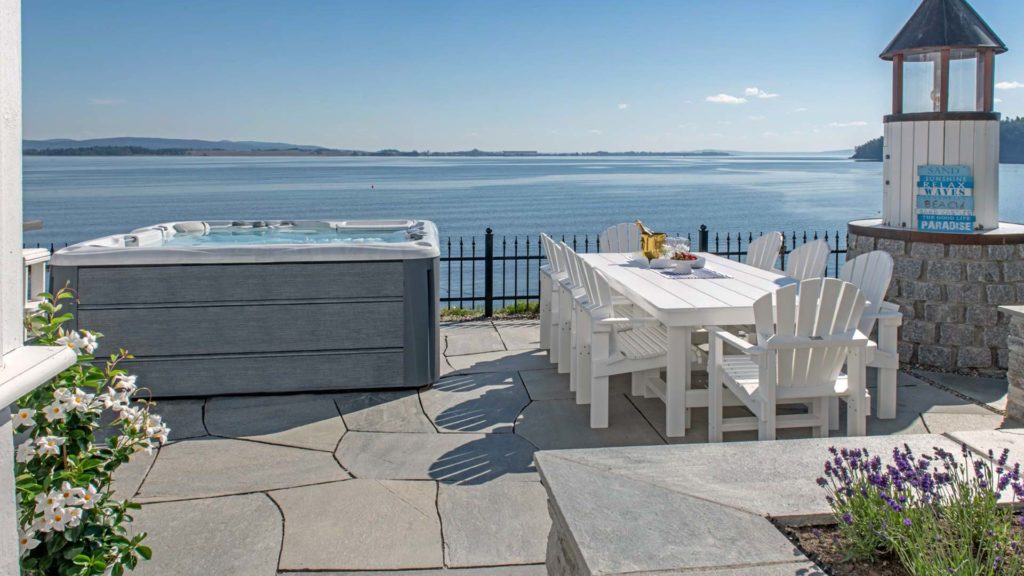
For Janne, it was also important that the slate should be Norwegian.
– I honestly think that Norwegian slate is more attractive than imported alternatives, especially when it’s used in the Norwegian landscape. In addition, it’s of superior quality, and is solid, durable and local. For me, this was a very easy decision, she says.
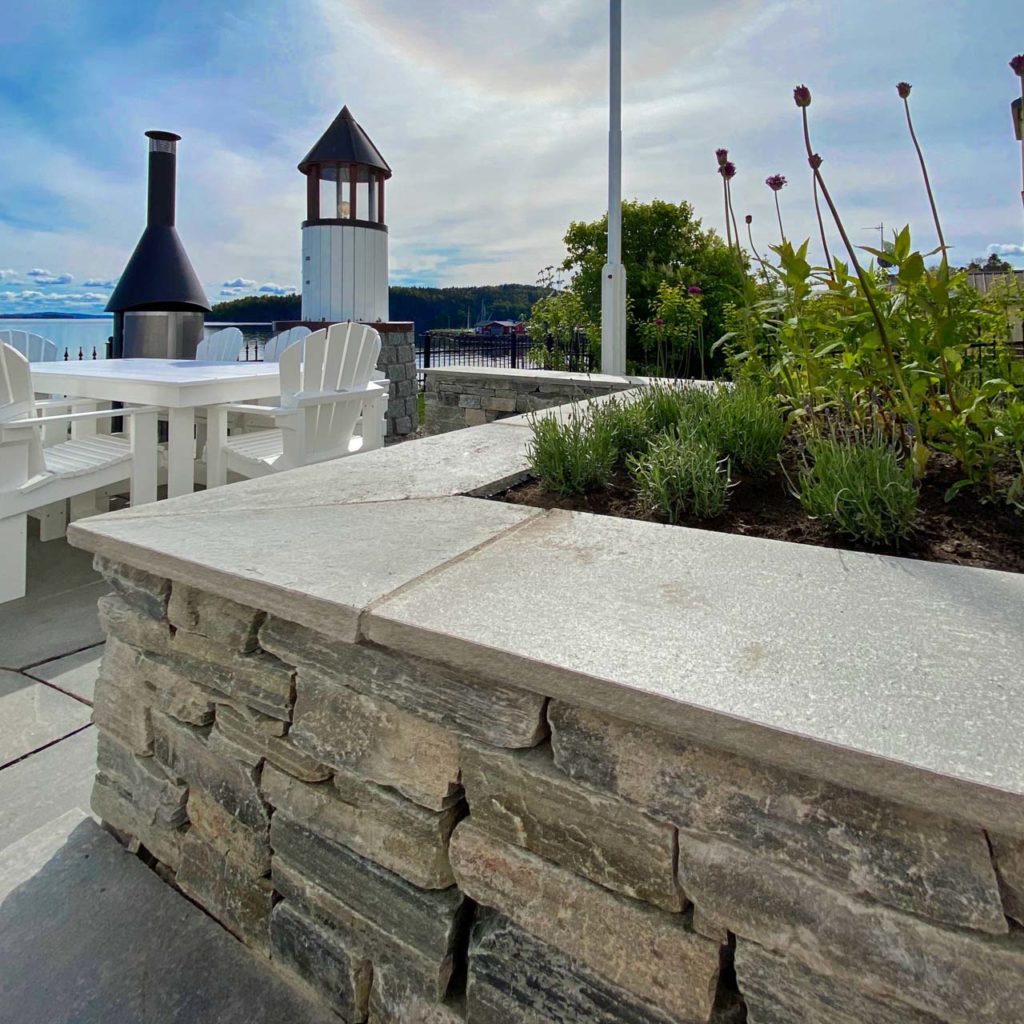
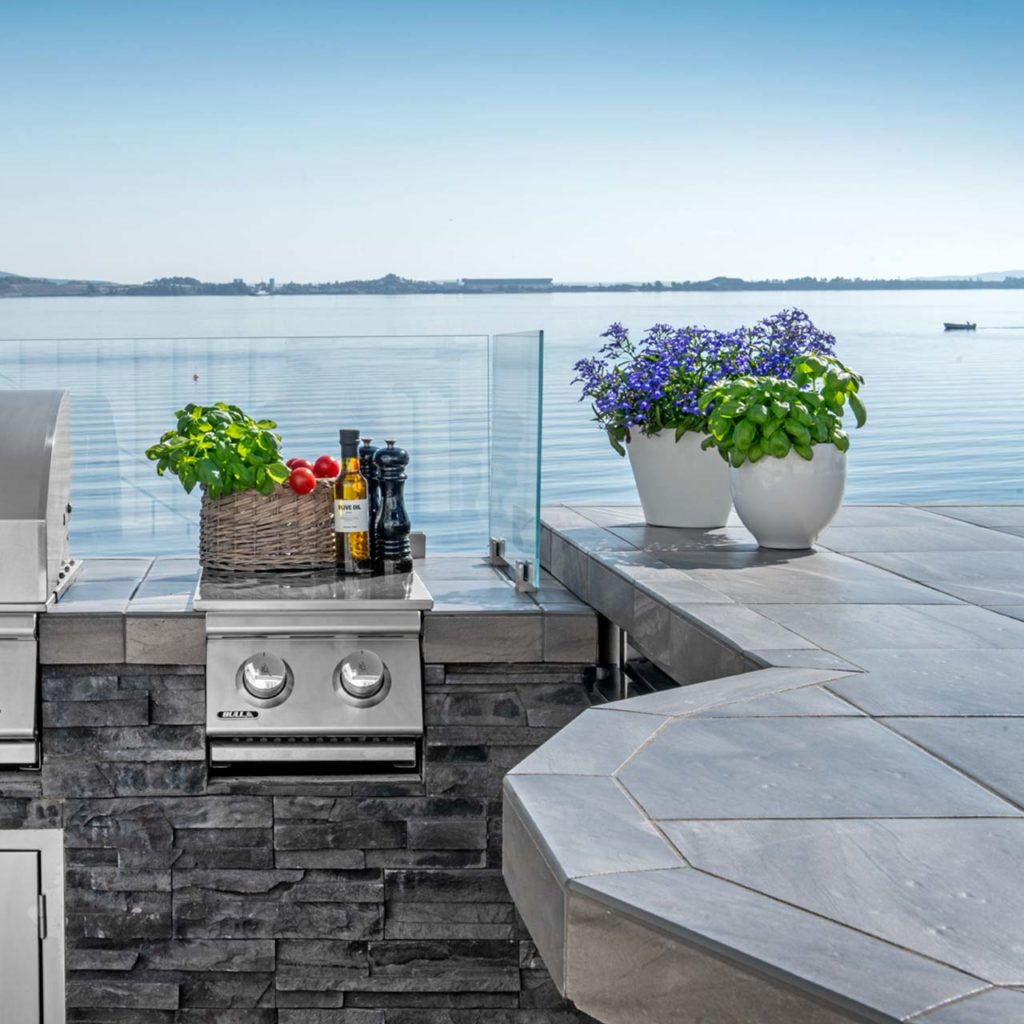
She’s also fascinated by the history of the Norwegian slate industry.
– If there’s anything I’ve learned in this process, it’s that slate requires a lot of knowledge and expertise. The slate is quarried locally and split and fashioned manually by the stonemasons.
I’ve often thought about how important it is to preserve local crafts and workplaces, which are increasingly under pressure from foreign competition, she says
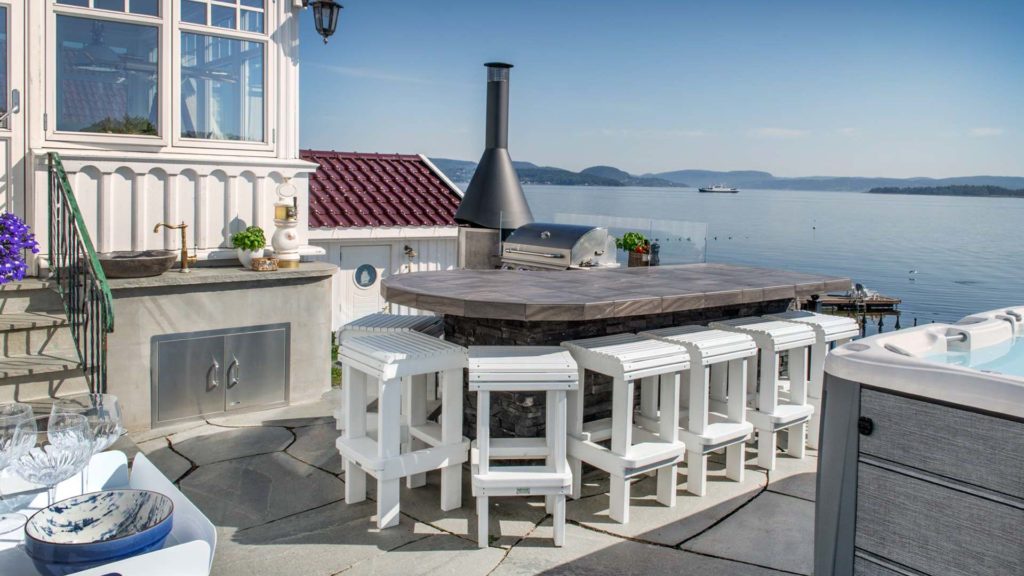
The Berg family may not be able to keep the Norwegian slate industry going singlehandedly, but it looks like they’re going to try! Now the family have bought the neighbouring house and want to use slate to connect the two properties.
– To make this as personal as possible, we’ve explored our creative sides. This has resulted in a quite spectacular garden plan in which slate is the main landscape element, Janne says.

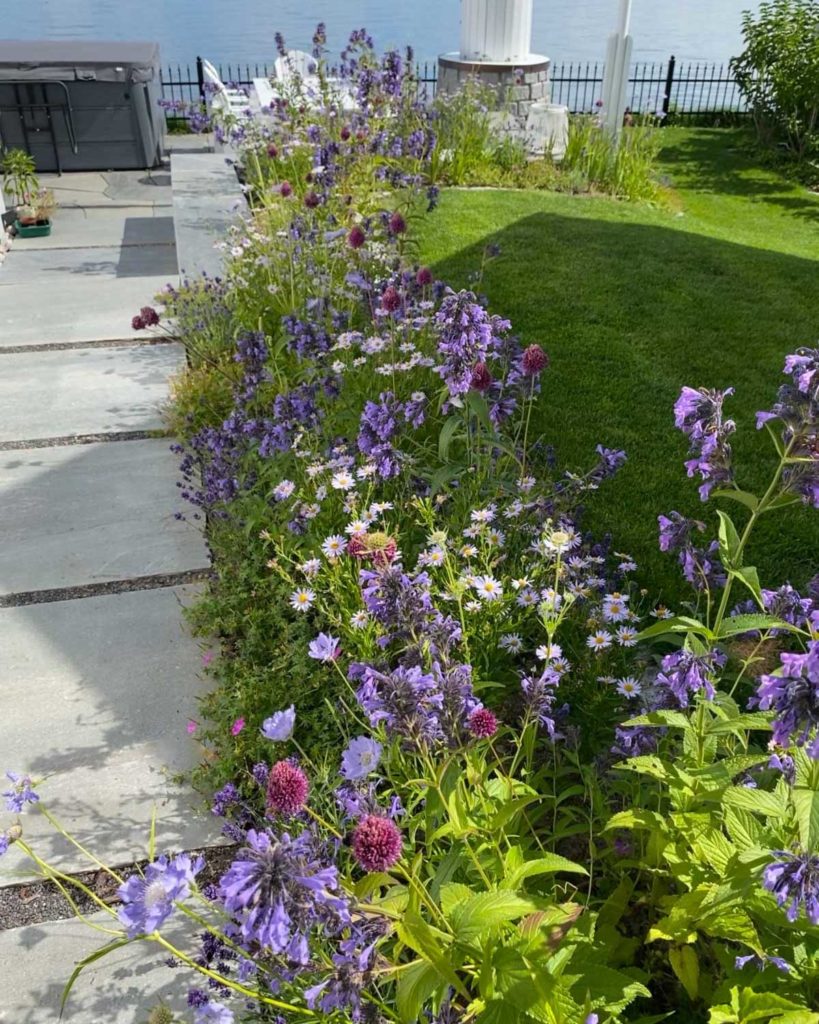
As the main element, Oppdal slate has a number of important roles to play.
– Slate will be used for walls, terraces, curved steps and paving. The natural stone will be used throughout, cohesively linking the property’s various elements, she explains.
The aim is to give the two properties a uniform appearance. Almost like an enclosed medieval courtyard.
– Slate will be that important ‘red thread’. We want to replace paving, steps and concrete retaining walls with slate products, to make the two buildings one cohesive property, she explains, adding,
– I often say that the home is the framework for our own history and I feel like that framework is in place now.
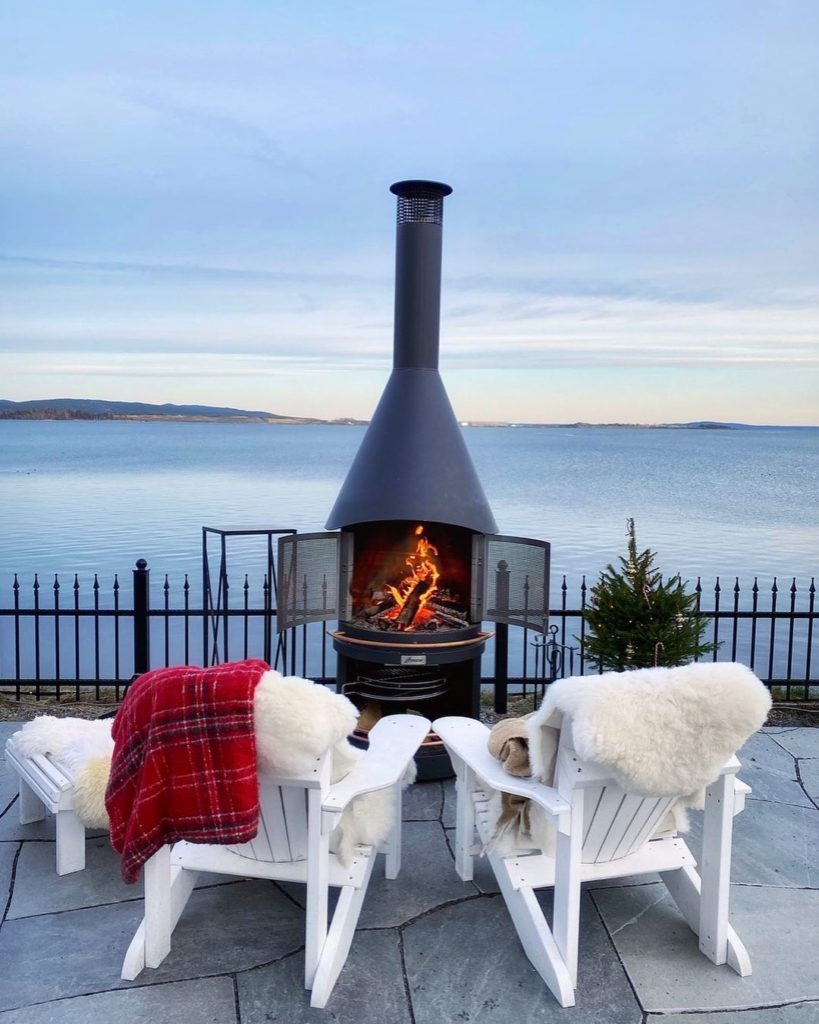
Are you as excited as we are with the result? Check in again!
Products used in this project: crazy paving, stepping stones, slate steps, countertops/slabs and wallbricks.
– I honestly think that Norwegian slate is more attractive than imported alternatives, especially when it’s used in the Norwegian landscape. In addition, it’s of superior quality, and is solid, durable and local. For me, this was a very easy decision.
The light grey Oppdal quartzite slate will be used for walls, terraces, curved steps and paving. The natural stone will be used throughout, cohesively linking the property’s various elements.
Janne Berg
@jannevedvannet
